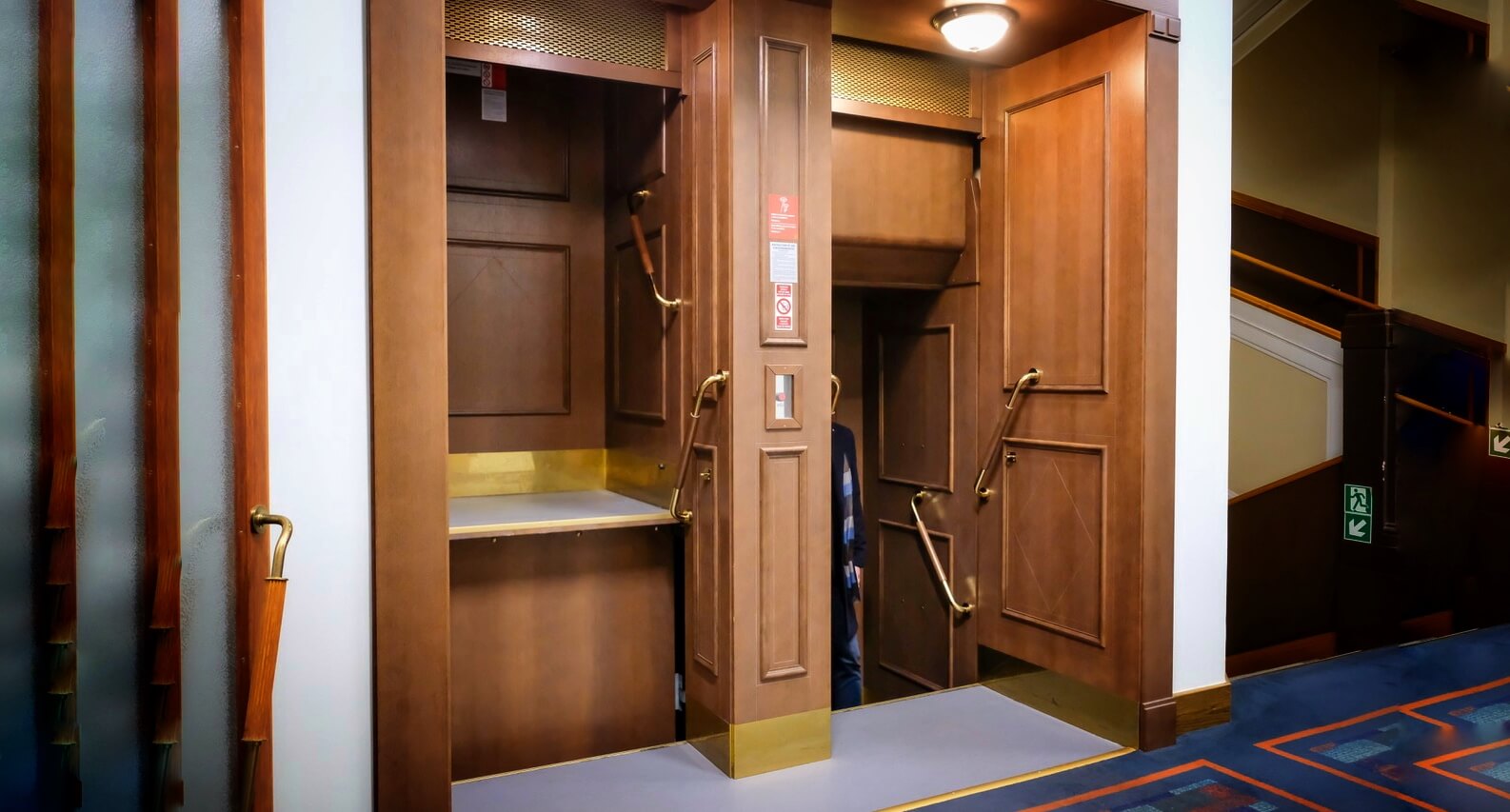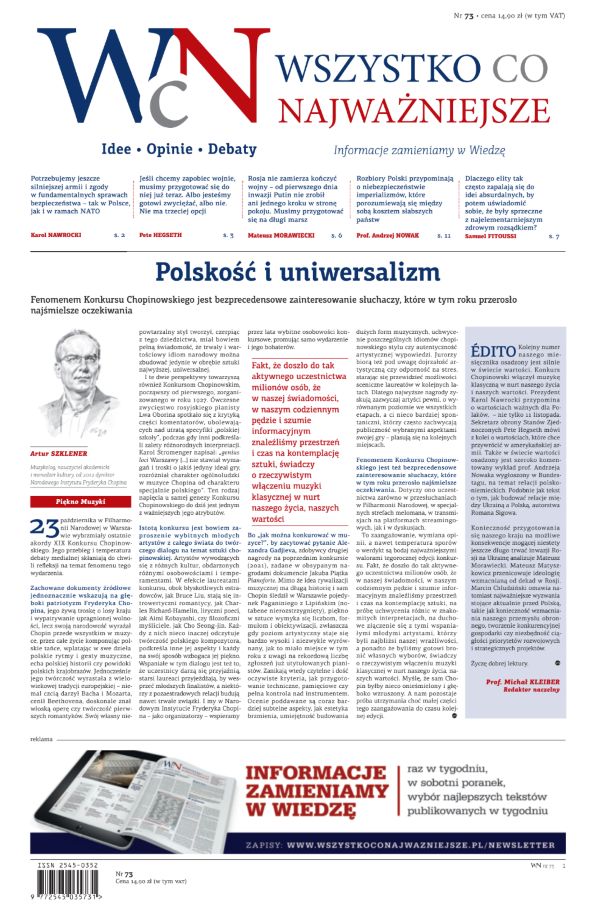
 A leap into the past – the Wrocław lift that never stops
A leap into the past – the Wrocław lift that never stops
It has no buttons, no doors, it never halts, and yet it has been ferrying people for nearly a century. The Wrocław paternoster is more than a lift. It is a time machine that travels not only between levels, but across epochs – writes Jolanta PAWNIK
.The paternoster lift is a rarity not only in Poland but throughout Europe. The system consists of a continuous loop of cabins that move slowly up and down within a shaft. These cabins have no doors, do not stop and are entirely buttonless. To board, one must step in at precisely the right moment, just as the cabin aligns with the floor. The lift’s gentle pace of 30-40 centimetres per second ensures relatively safe entry and exit, though some practice is needed. The Wrocław paternoster has twenty cabins, each able to carry two passengers.
Its nickname comes from the Latin 'Pater noster’ (the Lord’s Prayer), as the stream of moving cabins resembles the beads of a rosary. At the top and bottom of the shaft, the cabins arc from one side to the other as they change direction. The mechanism forms an endless loop.
Constructed between 1930 and 1931, the building housing the lift was designed by German architect Heinrich Rump. Its modernist form and functional design sparked controversy among the residents of then-Breslau. Many objected to placing a sleek, ten-storey structure so close to the city’s historic townhouses. Today, however, the building is widely regarded as one of the most intriguing examples of modernism in Wrocław, with the lift remaining its signature feature.
In their early decades, paternosters were regarded as a marvel of convenience. They were installed in office blocks, public institutions, banks and, occasionally, in schools and universities. Over time, however, new, stringent health and safety regulations rendered these lifts obsolete, as they failed to meet modern standards. They were gradually replaced by newer options.
Luckily, the Wrocław example remained nearly intact. A few years ago, it underwent a comprehensive restoration. The cabin interiors were refurbished and parts of the drive mechanism replaced, but its original form was preserved, and no modern enhancements were added. Today, it is used exclusively by bank employees and is not open to the public.
Though paternosters have largely vanished from public life, Poland still boasts a few functioning examples. One of the most renowned is housed in the Opole Voivodeship Office, occasionally made accessible during cultural events such as the Night of Museums. Another can be found in Gdańsk, in the historic building of the Maritime Office on Chrzanowskiego Street. This is another original model from the 1930s that is still used daily by staff. In Katowice, a paternoster continues to operate in the tower known as the railway directorate headquarters on Plac Wolności. A few other lifts have survived in Poznań and Warsaw, though most have been decommissioned or converted into museum exhibits.
.Elsewhere in Europe, paternosters still exist, though they are now regarded more as historical curiosities than practical devices. Germany has preserved the most. Working lifts remain in Berlin’s Federal Ministry of Transport, as well as in Cologne, Munich and Hamburg. In 2015, the authorities attempted to ban paternosters due to safety concerns, but backed down after public protests from local communities and engineering enthusiasts. And rightly so – for lovers of architectural and technical heritage, these machines are rare treasures and evocative remnants of a bygone engineering age.





